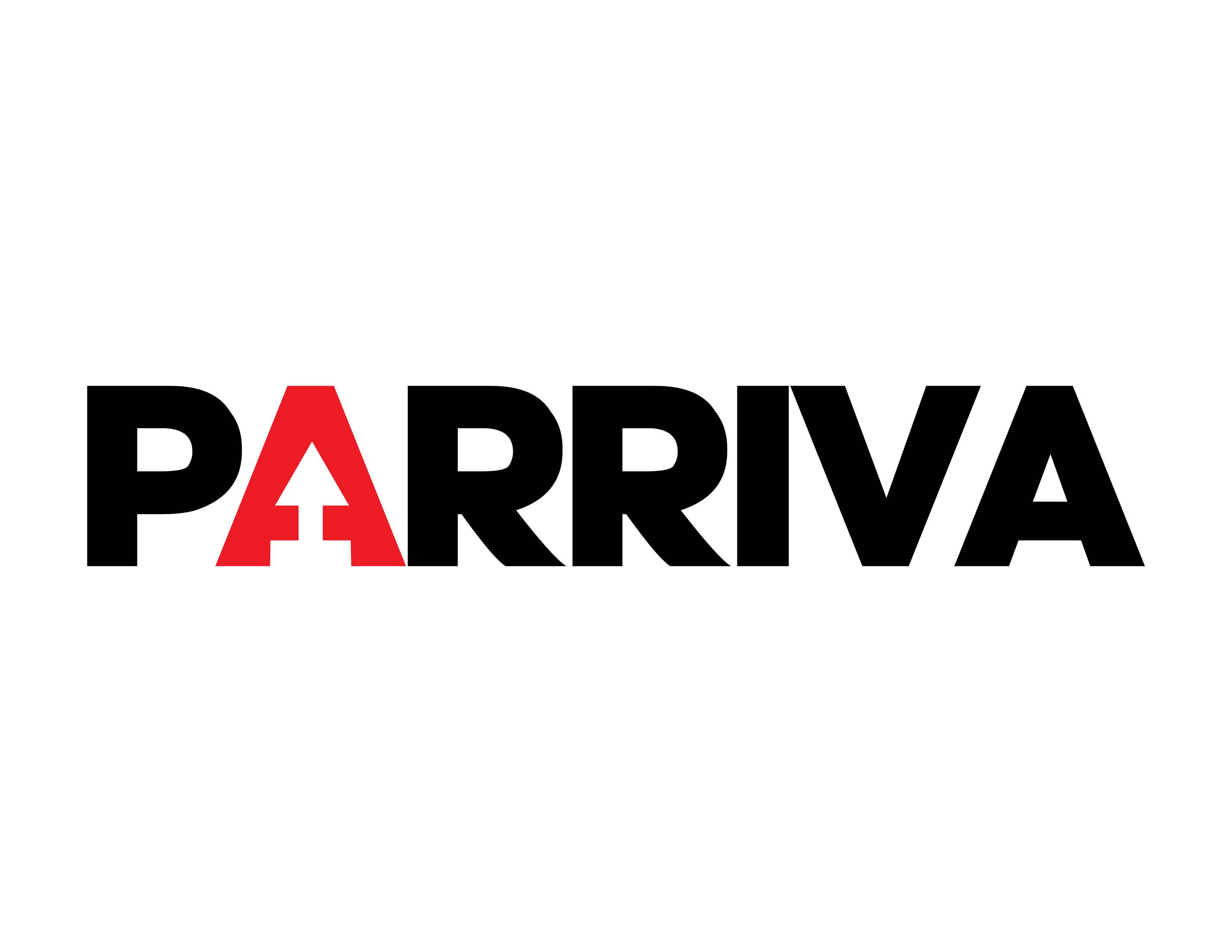In recent years, the Latino community in Los Angeles has witnessed a concerning trend: an increase in cancer diagnoses among young Latinas. This shift not only mirrors national patterns but also highlights unique challenges faced by Latinas in accessing timely healthcare and cancer screenings.
A Growing Concern
Historically, cancer incidence rates among Hispanic women have been lower than those of non-Hispanic white women. However, recent data indicates a reversal of this trend. Studies have shown that while cancer rates among Hispanic men have been decreasing, rates among Hispanic women are on the rise. This uptick is particularly evident in breast cancer cases, which remain the most commonly diagnosed cancer among Latinas. In 2024, an estimated 310,720 new invasive breast cancer cases are expected among women in the United States. While Hispanic women have a lower incidence rate compared to non-Hispanic white women, they are 30% less likely to be diagnosed with breast cancer. This suggests that approximately 217,504 new invasive breast cancer cases will be diagnosed among Hispanic women in the U.S. in 2024.
Barriers to Early Detection
Early detection is crucial in improving cancer outcomes. However, Latinas often face significant barriers that delay diagnosis and treatment. Cultural factors, language barriers, and limited access to healthcare services contribute to lower screening rates among Hispanic women compared to their non-Hispanic white counterparts. As a result, cancers are frequently diagnosed at more advanced stages, leading to poorer prognoses. For instance, only 59% of breast cancers in Hispanic women are detected at a localized stage, compared to 67% in non-Hispanic white women according to Cedars Sinai Organization.
Genetic Factors and Research Initiatives
Genetic predispositions also play a role in cancer risk. Mutations in the BRCA1 and BRCA2 genes significantly increase the likelihood of developing breast and ovarian cancers. Recognizing the importance of understanding these genetic factors within the Latino community, initiatives like “Latinos & BRCA” have been established to raise awareness and provide education about BRCA-related cancers.
In California, the Initiative to Advance Precision Medicine has launched projects aimed at identifying genetic variants that predispose Latinas to breast cancer. These efforts not only enhance our understanding of cancer risks but also strive to increase community awareness about hereditary cancers and the benefits of genetic testing.
Community Outreach and Support
Addressing the rising cancer rates among young Latinas requires a multifaceted approach. Community-based organizations play a pivotal role in bridging the gap between healthcare providers and the Latino community. For over 25 years, initiatives like Día de la Mujer Latina have been dedicated to offering accessible and affordable breast and cervical cancer screenings. By partnering with local organizations, they have extended their services across 39 states, Puerto Rico, the Dominican Republic, and Mexico, ensuring that Latinas receive the care they need.
Moreover, the Latino Cancer Institute focuses on reducing the cancer burden through advocacy, research, and community-driven solutions. Their commitment to education and support empowers Latinas to take proactive steps in cancer prevention and treatment.
Empowerment Through Education
Education is a powerful tool in combating cancer. By increasing awareness about the importance of regular screenings and understanding genetic risks, Latinas can make informed decisions about their health. Healthcare providers and community leaders must collaborate to disseminate culturally sensitive information, ensuring that language and cultural differences do not hinder access to vital resources.
A Call to Action
The rising cancer rates among young Latinas in Los Angeles serve as a clarion call for the community. It is imperative to prioritize regular screenings, advocate for accessible healthcare services, and support research initiatives focused on understanding cancer disparities. By fostering a community of awareness and support, we can work towards reversing this troubling trend and ensuring a healthier future for all Latinas.
In conclusion, while the increase in cancer diagnoses among young Latinas in Los Angeles is alarming, it also presents an opportunity. Through community engagement, education, and advocacy, we can address the unique challenges faced by Latinas and strive towards equitable healthcare outcomes.

